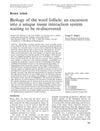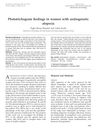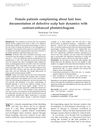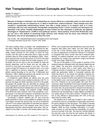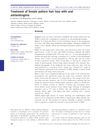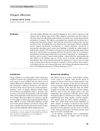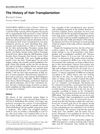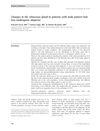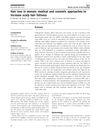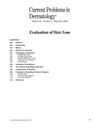The Ludwig Pattern of Androgenetic Alopecia Is Due to a Hierarchy of Androgen Sensitivity Within Follicular Units That Leads to Selective Miniaturization and a Reduction in the Number of Terminal Hairs Per Follicular Unit
September 2008
in “
British Journal of Dermatology
”

TLDR Ludwig pattern hair loss in women results from varying sensitivity in hair follicles, causing fewer visible hairs.
The Ludwig pattern of androgenetic alopecia (AA) in women is due to a hierarchy of androgen sensitivity within follicular units that leads to selective miniaturization and a reduction in the number of terminal hairs per follicular unit. Women with AA have fewer terminal hairs per follicular unit compared to women without AA, which explains the visible reduction in hair density. The study suggests that there is a hierarchy of susceptibility to androgen-induced hair follicle miniaturization, with secondary and tertiary follicles being the most susceptible. The mechanism for this preference is unknown but could relate to the interaction between hair follicle epithelial stem cells in the bulge and the arrector pili muscle. The study has some limitations, including the choice of control group and the method used to calculate the number of hairs per follicular unit. Further testing is needed to confirm this hypothesis.
